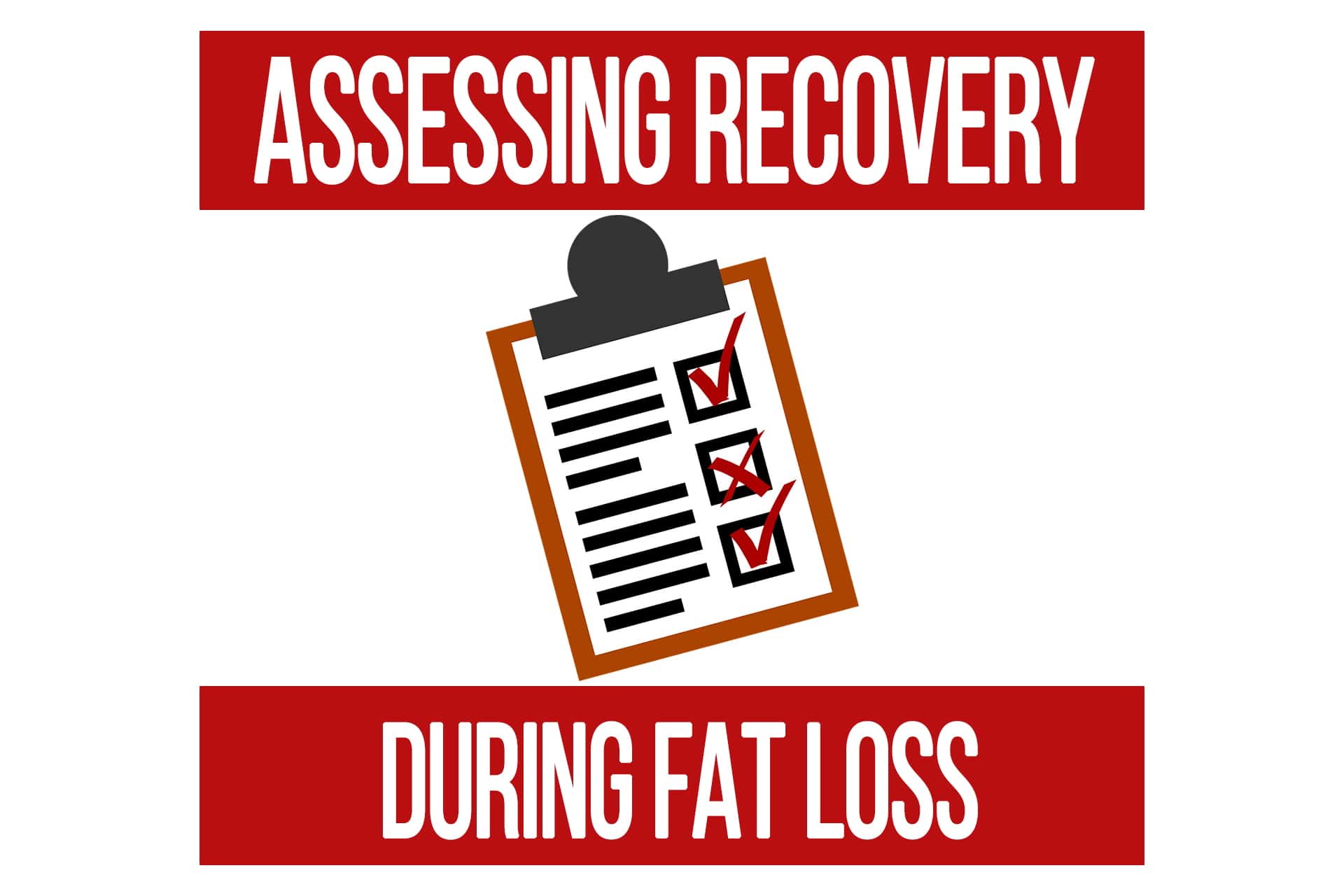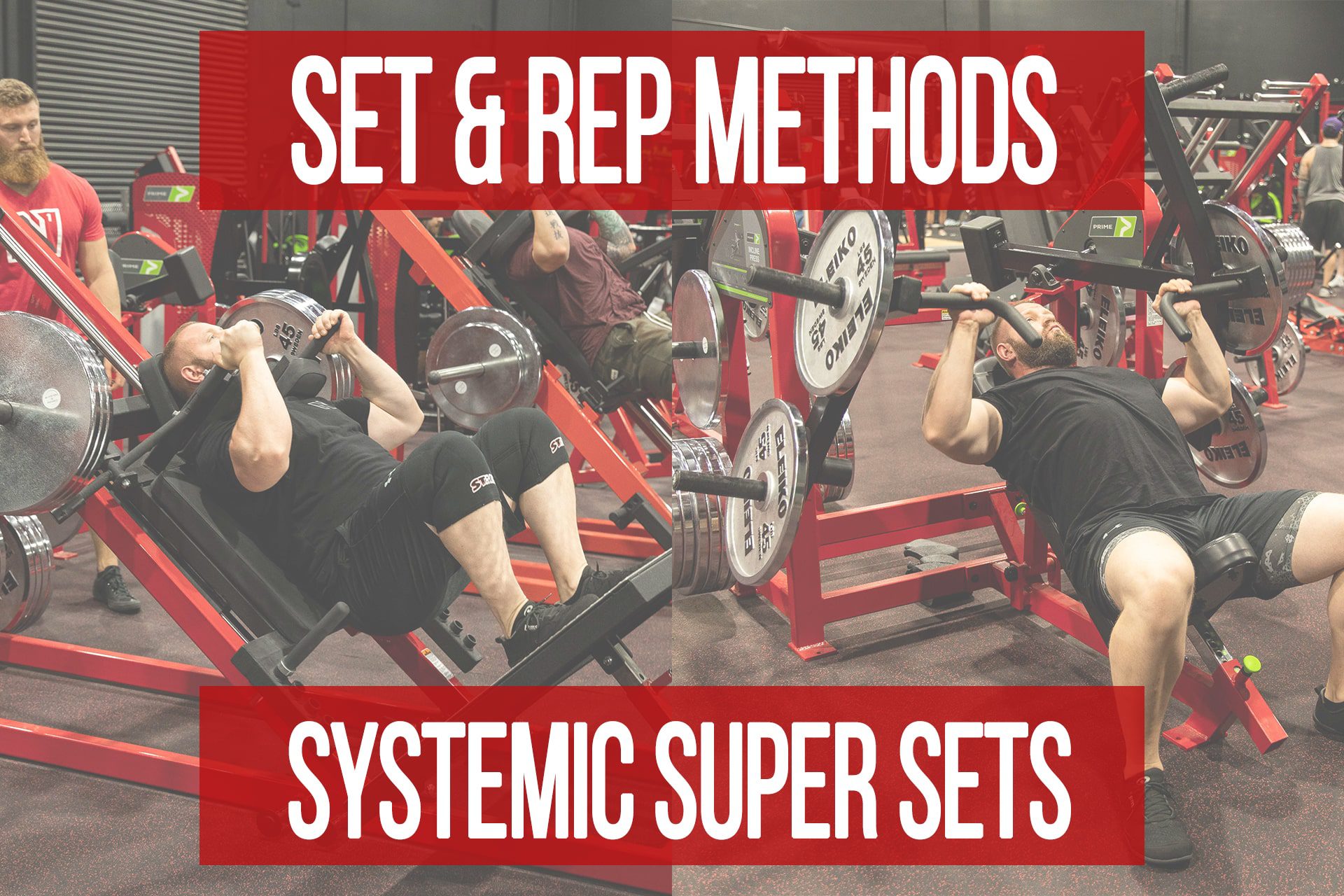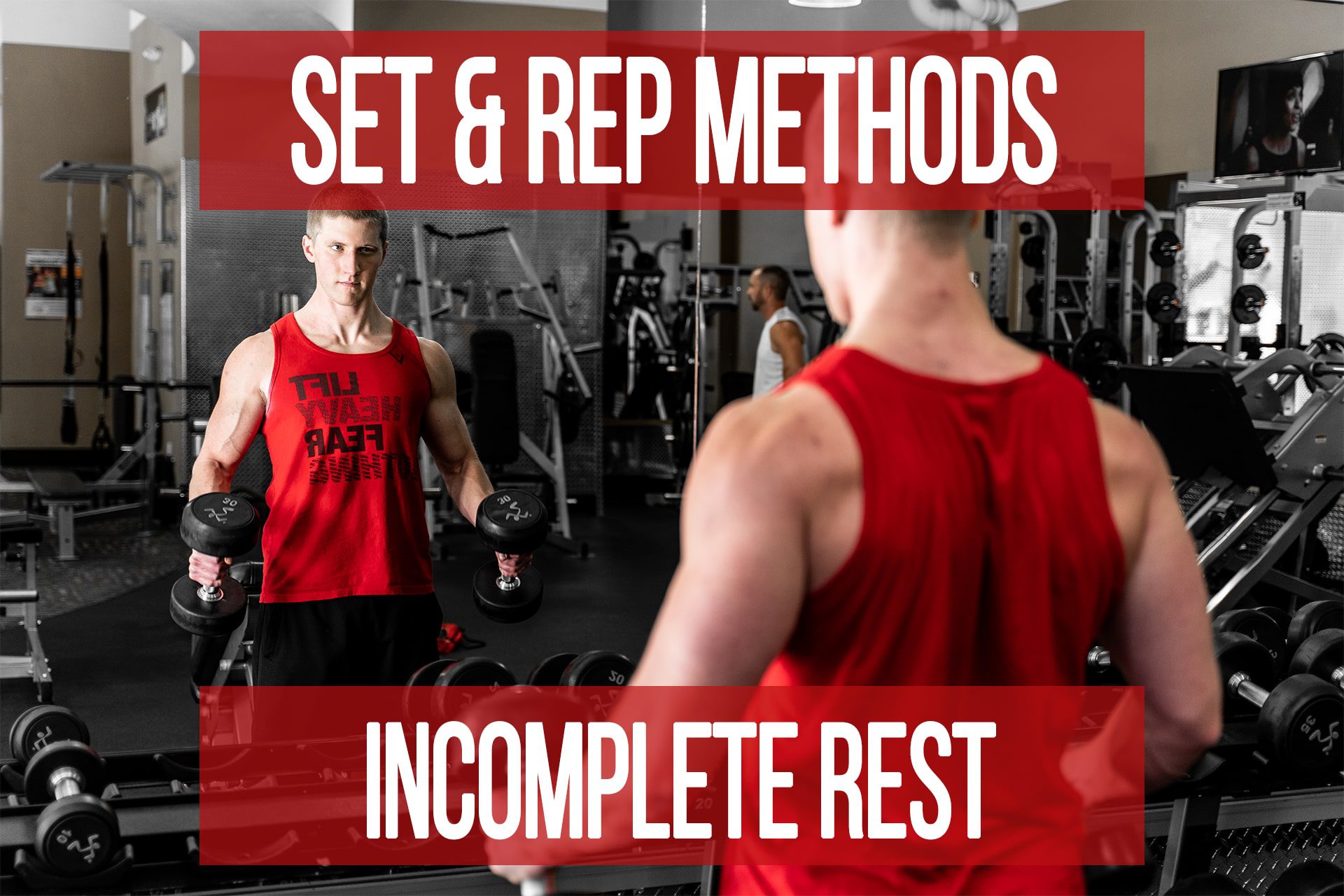Getting Leaner with Lactic Training
n1 training
How Lactic Training Can Help You Get Leaner
The common association for “fat loss” workouts is metabolic work. Super sets, giant sets, drop sets, short rest periods, higher reps, and lighter loads are all things that probably come to mind.
First, I would like to point out that it is entirely possible to lose body fat without doing this type of training. Creating an energy deficit is the #1 factor in losing body fat, but not the only one.
However, there are some inherent benefits with metabolic types of training that can potentially speed up the rate of fat loss. This of course requires that nutrition is matched to the stimulus appropriately and you are in a “Goldilocks” deficit (not too high, not too low).
“The Burn” – Lactate / Lactic Acid
Let’s start with some biochemistry and look at what is actually happening when we create lactate during training.
What is lactate?
Without getting too deep into biochemistry, the (very) simplified version is that lactate is a byproduct of muscular contractions when there is insufficient oxygen for the mitochondria in your cells. Note that this means that not all muscular contractions will result in lactate production, which is why workout design is important if your goal is to achieve lactate production and accumulation.
Lactate is not just a waste product from muscular contractions that has no further use though. In fact, it can be recycled by the liver through a process called the Cori cycle.
The liver converts the lactate back into glucose which can then be used by the working muscles as fuel for further contractions. Cool right?
You might be wondering how this is relevant to fat loss.
Well, turning lactate into glucose in the liver is an energy negative process. It actually costs a net of 4 ATP (your body’s energy currency) to convert the lactate back to glucose.
So not only are you using up ATP with each muscular contraction, but you’re using it to recycle the lactate to fuel more contractions. The more lactate you create, the harder your liver will be required to work and the more energy it will burn through. This means you can burn more calories than just what is required to fuel your working muscles with a workout that also increases lactate production.
That is just one benefit of lactic training for improving body composition.
Training Frequency
Another benefit is that, when designed properly, you can train more frequently with this type of program.
A well-designed metabolic program will minimize the amount of mechanical damage to muscle tissue and neurological stress to allow you to train more often. This is where exercise selection becomes critically important as well as understanding tempo.
Training a large amount of muscle tissue more frequently means you can reap the benefit mentioned above as well as get the nutrient partitioning effect created by muscular tension.
Nutrient Partitioning
Nutrient partitioning simply refers to the preferential uptake and storage of glucose into muscle tissue rather than fat. This can be stimulated any time we create tension in muscle tissue with a variety of programs.
If your goal is fat loss, or you struggle with regulation of blood sugar, more frequent training can be very helpful to shuttle more glucose to your muscle cells to be stored as glycogen and make it less likely to be stored as fat if there is an excess.
Types of Metabolic Training
We generally divide metabolic training into two main categories; local and systemic.
Both of these categories have the ability to take advantage of all of the benefits mentioned above for improving body composition. The primary differences will be in the adaptations in conditioning and the type of failure/fatigue that you achieve in them.
Systemic metabolic workouts are great for improving your cardiovascular capacity and endurance. Failure in this type of workout is going to feel very different than a local metabolic workout. You’ll be limited by running out of breath, just feeling very tired overall, and perhaps not extremely fatigued in an individual muscle. You may get a pump and some local lactic acid, but not nearly the same as a local metabolic workout.
Local metabolic workouts are excellent for improving your ability to recover between sets for an individual muscle. Failure is going to be a combination of a ridiculous pump and the “burning” sensation in the local muscle tissue. You may not feel much cardiovascular stress at all (depending on your level of conditioning and what muscles you’re training). Likely by the end you’ll still feel pretty alert and maybe even energized.
Both types have their benefits and provide value when periodized properly into a long-term program for any goal. The difference will just be the frequency and duration that you might use them for based on the overall objective you’re trying to achieve.
If you’d like some programs that are already written out for you with proper exercise selection, frequency, progressions, and nutrition matched for your goal, check out some of the options below.
How Lactic Training Can Help You Get Leaner
The common association for “fat loss” workouts is metabolic work. Super sets, giant sets, drop sets, short rest periods, higher reps, and lighter loads are all things that probably come to mind.
First, I would like to point out that it is entirely possible to lose body fat without doing this type of training. Creating an energy deficit is the #1 factor in losing body fat, but not the only one.
However, there are some inherent benefits with metabolic types of training that can potentially speed up the rate of fat loss. This of course requires that nutrition is matched to the stimulus appropriately and you are in a “Goldilocks” deficit (not too high, not too low).
“The Burn” - Lactate / Lactic Acid
Let’s start with some biochemistry and look at what is actually happening when we create lactate during training.
What is lactate?
Without getting too deep into biochemistry, the (very) simplified version is that lactate is a byproduct of muscular contractions when there is insufficient oxygen for the mitochondria in your cells. Note that this means that not all muscular contractions will result in lactate production, which is why workout design is important if your goal is to achieve lactate production and accumulation.
Lactate is not just a waste product from muscular contractions that has no further use though. In fact, it can be recycled by the liver through a process called the Cori cycle.
The liver converts the lactate back into glucose which can then be used by the working muscles as fuel for further contractions. Cool right?
You might be wondering how this is relevant to fat loss.
Well, turning lactate into glucose in the liver is an energy negative process. It actually costs a net of 4 ATP (your body’s energy currency) to convert the lactate back to glucose.
So not only are you using up ATP with each muscular contraction, but you’re using it to recycle the lactate to fuel more contractions. The more lactate you create, the harder your liver will be required to work and the more energy it will burn through. This means you can burn more calories than just what is required to fuel your working muscles with a workout that also increases lactate production.
That is just one benefit of lactic training for improving body composition.
Training Frequency
Another benefit is that, when designed properly, you can train more frequently with this type of program.
A well-designed metabolic program will minimize the amount of mechanical damage to muscle tissue and neurological stress to allow you to train more often. This is where exercise selection becomes critically important as well as understanding tempo.
Training a large amount of muscle tissue more frequently means you can reap the benefit mentioned above as well as get the nutrient partitioning effect created by muscular tension.
Nutrient Partitioning
Nutrient partitioning simply refers to the preferential uptake and storage of glucose into muscle tissue rather than fat. This can be stimulated any time we create tension in muscle tissue with a variety of programs.
If your goal is fat loss, or you struggle with regulation of blood sugar, more frequent training can be very helpful to shuttle more glucose to your muscle cells to be stored as glycogen and make it less likely to be stored as fat if there is an excess.
Types of Metabolic Training
We generally divide metabolic training into two main categories; local and systemic.
Both of these categories have the ability to take advantage of all of the benefits mentioned above for improving body composition. The primary differences will be in the adaptations in conditioning and the type of failure/fatigue that you achieve in them.
Systemic metabolic workouts are great for improving your cardiovascular capacity and endurance. Failure in this type of workout is going to feel very different than a local metabolic workout. You’ll be limited by running out of breath, just feeling very tired overall, and perhaps not extremely fatigued in an individual muscle. You may get a pump and some local lactic acid, but not nearly the same as a local metabolic workout.
Local metabolic workouts are excellent for improving your ability to recover between sets for an individual muscle. Failure is going to be a combination of a ridiculous pump and the “burning” sensation in the local muscle tissue. You may not feel much cardiovascular stress at all (depending on your level of conditioning and what muscles you’re training). Likely by the end you’ll still feel pretty alert and maybe even energized.
Both types have their benefits and provide value when periodized properly into a long-term program for any goal. The difference will just be the frequency and duration that you might use them for based on the overall objective you’re trying to achieve.
If you’d like some programs that are already written out for you with proper exercise selection, frequency, progressions, and nutrition matched for your goal, check out some of the options below.
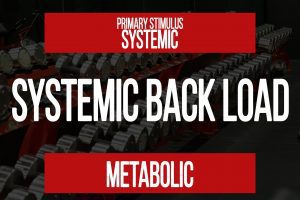
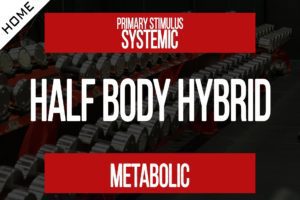
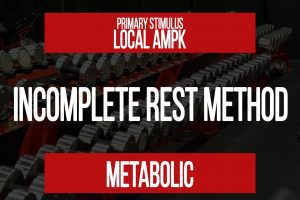
Have A Question For Us?
Please Log In to Submit Your Question
Set & Rep Methods: Systemic Super Sets
articleBody Composition Program Design Super Sets Support TrainingHalf Body Home Workout Program for Hypertrophy, Recomposition, or Fat Loss
articleBody Composition Home Workout Program Hypertrophy Program Design Quarantine Content Training
Popular Pages
Learn & Train With Us
Add N1 Training to your Homescreen!

Please log in to access the menu.


